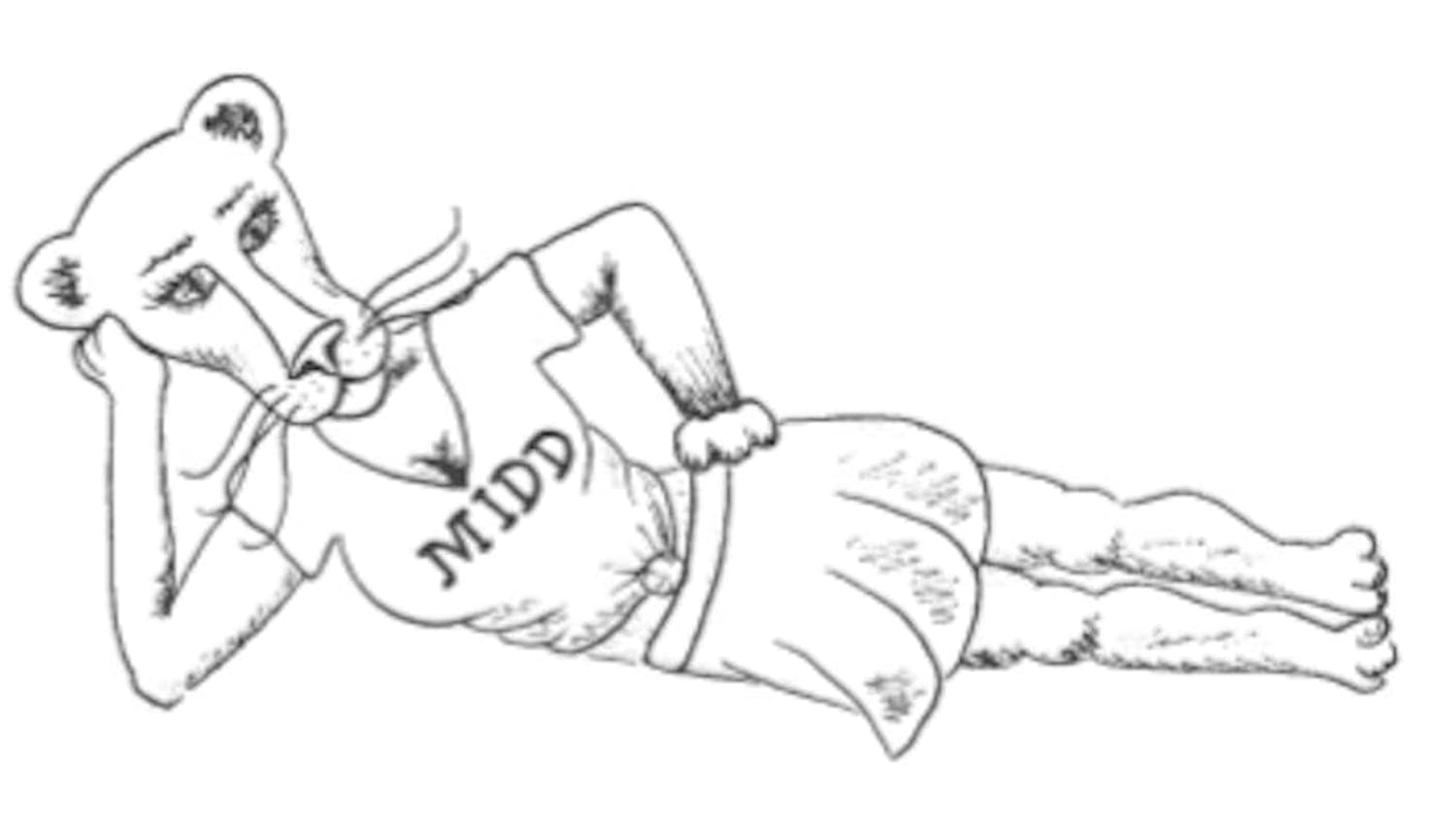When I was a senior in high school and deciding where I wanted to go to school, most of my extended family expected me to go to a Division I school where I could experience the culture of big-time college sports. I didn’t know then that I would come to love Division III athletics, but choosing to attend Middlebury rather than say, Ohio State, was one of the best decisions I’ve ever made.
The NESCAC, and much of Division III, stands as the final bastion of amateurism in collegiate sports. And if that means that our sports teams, including the Division I ski teams, need to spend a little bit of time advertising their own events, then so be it. Self-promotion is a small price to pay compared to the mess of cheating and cover-ups that has come to define big Division I athletics.
This week, the University of Alabama made headlines for offering a scholarship to an eighth grader. And while the gap between Middlebury athletics and Alabama football is oceanic, “a more aggressive stance championing athletics,” as Caleb Cunningham wrote in a reader op-ed last week, wouldn’t create greater unity among the student body, but further divide athletes and non-athletes on campus.
Now don’t get me wrong, as a Middlebury sports fan, I enjoy it when the community fills the stands at Pepin, or travels en mass to Youngman or Kohn Field. In fact, comparatively, Middlebury athletes enjoy tremendous support from the student body, staff, faculty and the community at large. The men’s basketball team’s average attendance in 13 home games this season is 728, the highest of any NESCAC school. The football team, meanwhile, averaged 1,758 fans at home games this season, compared to 1,139 on the road.
But while the basketball team and football team attract crowds, many teams — the vast majority of which are women’s teams — remain woefully under-supported. This is not Middlebury’s “fanhood problem” rearing its ugly head, but prognostic of a trend in society at large. The softball team averaged just 135 fans in 10 home games last year. They also led the NESCAC in attendance.
Some may argue that while women’s sports are underappreciated and struggle to draw attention everywhere, skiing is a core part of Middlebury’s culture, and that poor attendance among the student body is therefore surprising. While the Snow Bowl and other skiing areas undoubtedly attract students to Middlebury, there are numerous reasons why student attendance at the Carnival races were low, none of which are the result of Middlebury’s diversity or less-than-sufficient support from the school.
First, and most significantly, skiing is a niche sport; it will never attract as much interest as soccer, basketball or football, even at a school like Middlebury. Almost all fans of a sport are, or were, participants themselves at some level. Interest in skiing is restricted by a number of different factors. It is accessible only to the wealthy who live in certain geographic regions or have the means or ability to travel to those areas. Further, skiing is an activity that is passed on from generation to generation. It therefore faces tremendous difficulties attracting new participants and fans. While there are many “first-generation” basketball players and fans, there are significantly fewer first-generation skiers.
Secondly, skiing is not a spectator sport and people who enjoy outdoor activity often have little interest in spectating. Mountains are often cold, remote places and are not usually designed to accommodate hundreds or thousands of spectators in addition to participants themselves. It is far easier to ask hundreds of students to walk, often in unison, to the Field House than it is to ask those same students to drive 20 minutes up a mountain. Furthering the problem is that skiing is an activity that attracts people who enjoy outdoor activities. Speaking generally, those are most often people who prefer not to be spectators, particularly when a long weekend early in the semester provides a great opportunity to take an overnight trip.
Thirdly, “the entire reason Winter Carnival exists” is not “to celebrate the ski team’s only home race of the year.” A number of different activities take place over the course of the weekend that engage the student body. The Mountain Club’s “Northern Lights Competition” and the ice sculpture competition are two of the many events and traditions that take place over the course of the weekend.
Finally, students at the College are constantly involved in different clubs, organizations and events independent of Winter Carnival, not to mention their academics. Varsity athletes alone make up 27 percent of the student body, two-thirds of whom are either in season or preparing for their upcoming season. Factoring in the time that it takes to attend a ski race, with nearly an hour allotted for travel alone, makes the event an all-day affair. This precludes many people from attending the event, whether they are athletes themselves or not.
Low turnout at the Snow Bowl last weekend does not point to a “fanhood problem” on campus and is not the fault of poor advertising or a lack of support on the part of the College. In fact, the Student Government Association (SGA) subsidizes ACTR in order to provide frequent and free transportation to the Snow Bowl. Middlebury is a school that appropriately supports its athletes and teams, and does not need to take further action to “champion” them. There are so many reasons to love small school athletics, but if you’d rather go to a school where you get doused with beer for lack of compliance than one that supports a diversity of interests and requires a limited amount of self-promotion from its athletes, I don’t know what to tell you. Middlebury may not be the place for you.
Deconstructing 'the Fanhood Problem'
Comments



